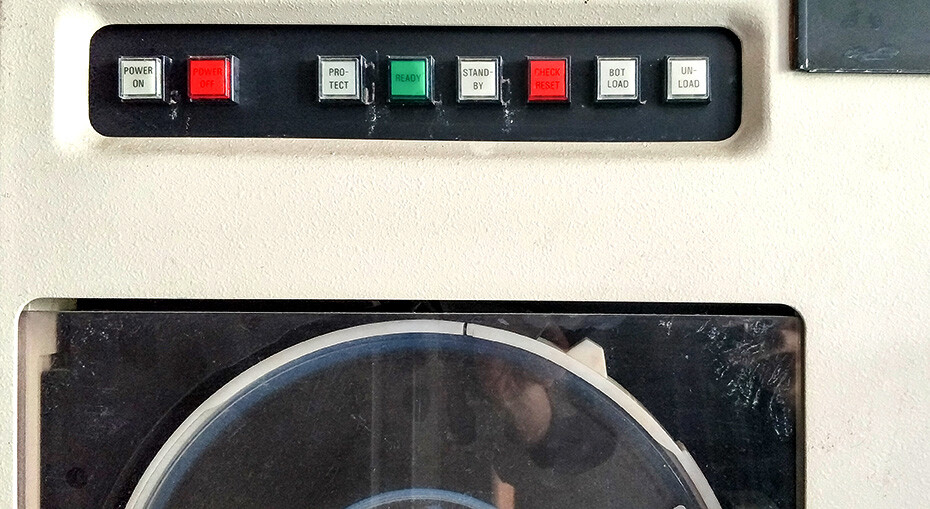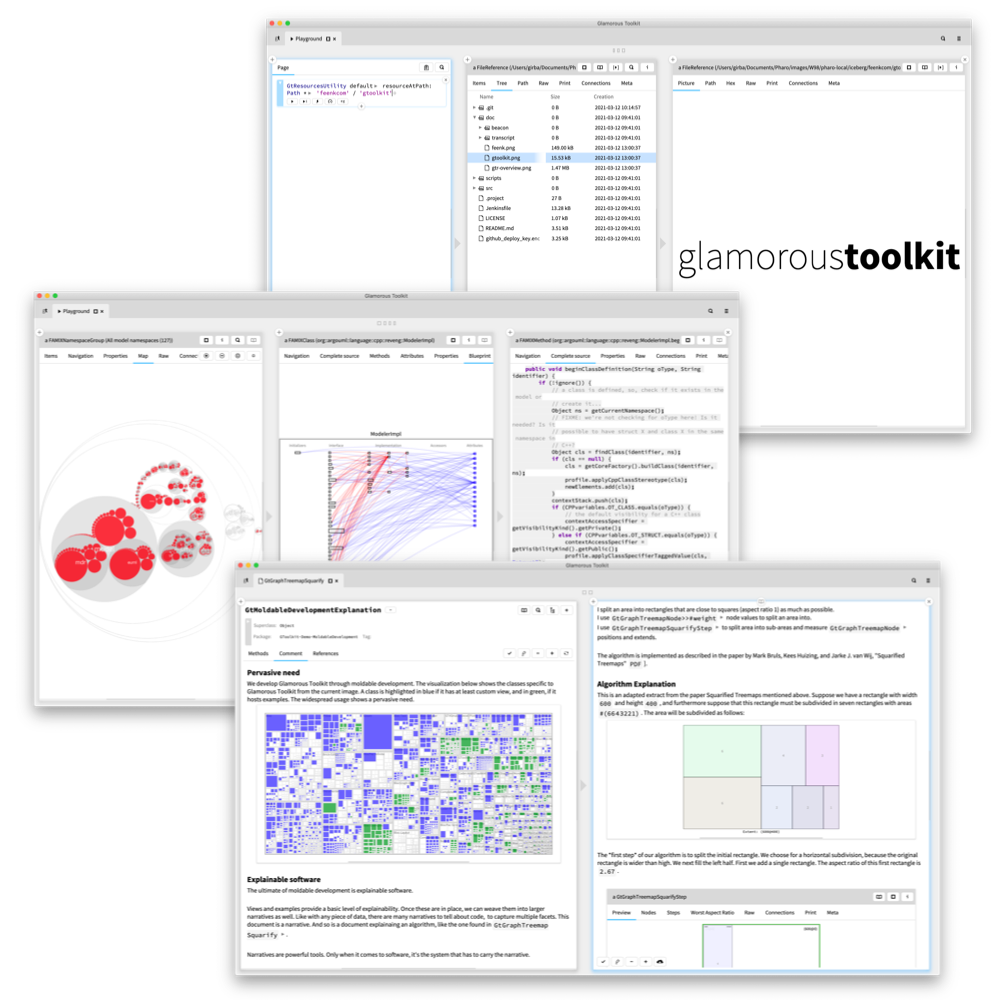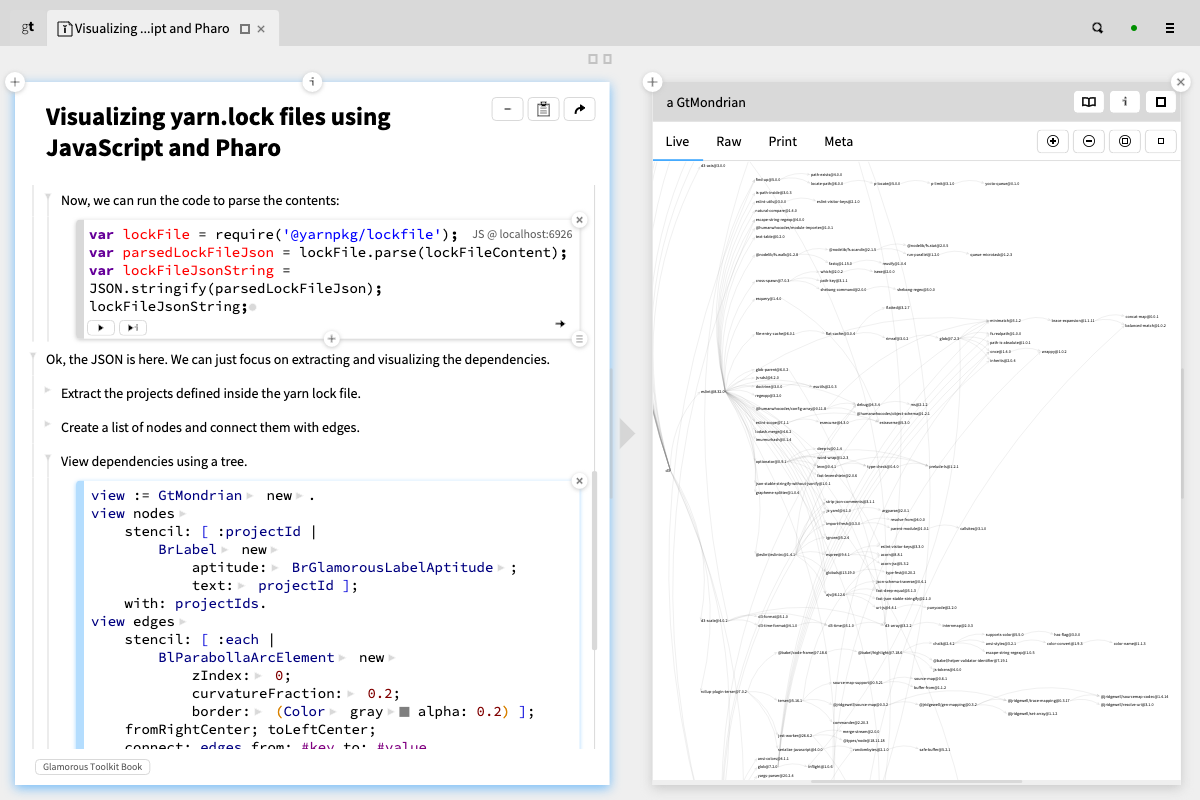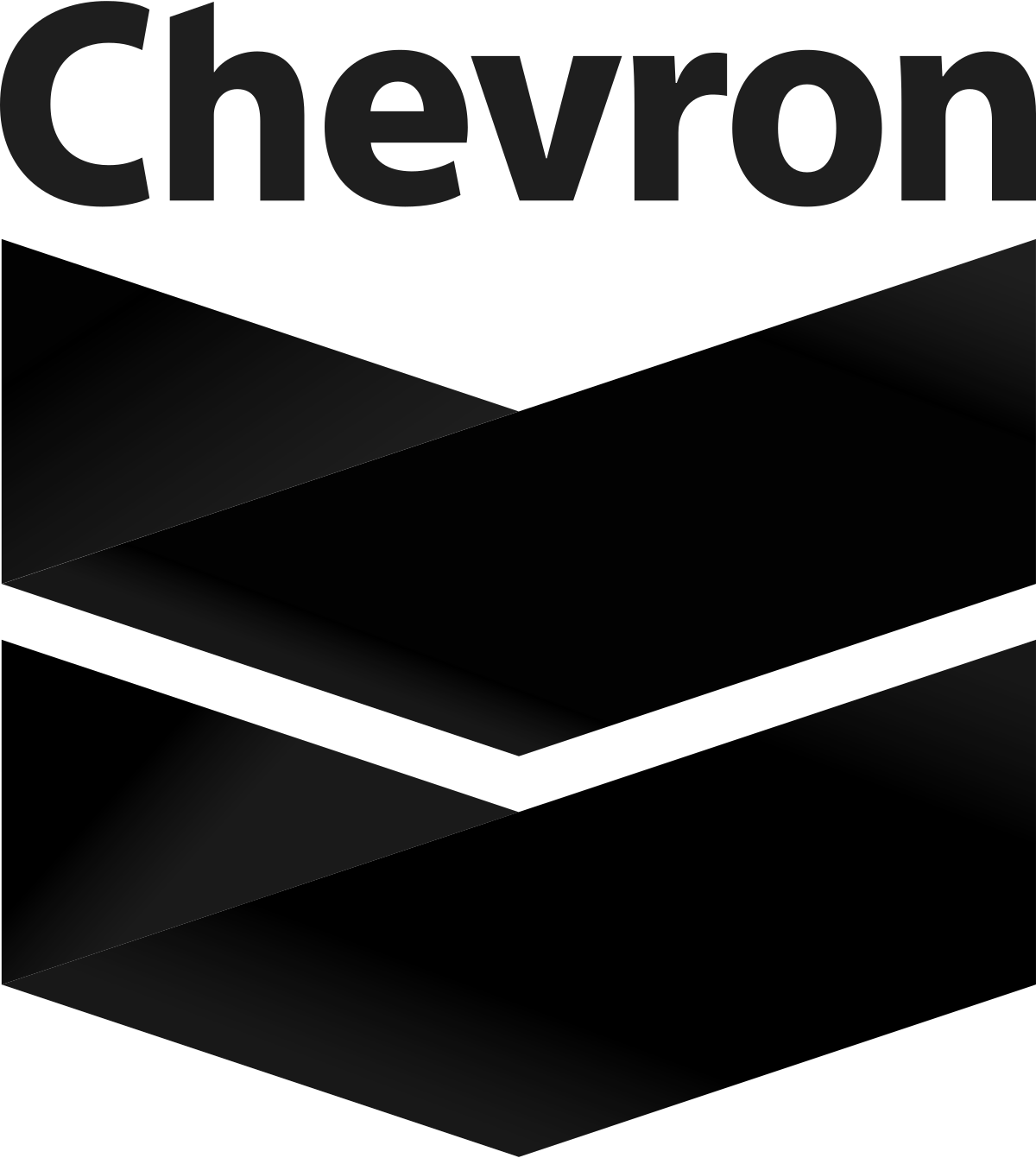
Legacy System Modernization
Drastically improving the economics and duration of system modernization through an innovative approach.


Legacy System Modernization
Despite modern Advances in software & Hardware development, legacy systems, many in mission-critical environments, persist.
- Maintaining legacy systems costs an estimated $1.14 trillion.
- The world depends upon 800 billion lines of legacy COBOL code.
- The technical debt due to legacy systems accounts for 20% to 40% of the entire technology estate.
- In 2018, the US Federal Government spent 78% of its IT budget on operations and maintenance (i.e. "keeping the lights on"), vs. new or improved application or service delivery.
The advent of Artificial Intelligence & Large Language Models (AI/LLMs) will not materially impact this critical problem anytime in the near future.
Fear and Risk Aversion enable Legacy Systems to endure.
The fear is justifiable.
While many modernization efforts fail, many others never even begin due to the critical nature of many of these systems.
With costs, risks, and associated timelines stretching into shocking areas, it is unsurprising that many executives simply refuse to face the challenges associated with system modernization projects. Their egacy systems thus endure.
Legacy System Problems
Companies who rely on legacy systems
60%
Worldwide technical debt due to legacy systems
40%
Companies failing in efforts to modernize legacy code.
74%
Top Reasons To Modernize
Increased Security
58%
Reduce Costs
49%
Ability to Integrate w/Modern Tech
46%
Yet you can modernize your legacy systems with shorter timelines, lower costs, & reduced risks... by a factor of 500x.
Sound ridiculous?
🙄
Of course it does.
But consider the following:

- Any decision about a system, regardless of whether a technical or business decision, requires information from the system.
- This information has to be synthesized somehow from the system, and the only way to do that is through a tool that provides a development experience.
- Developers today write code for a fraction of their time. They spend most of their time reading through code in order to conceptualize what the system is doing, an inescapable first step to making decisions about what to do next.

- The largest cost in software engineering is the developer's need to conceptualize the existing system, which is not optimized in the development experience (virtually all popular IDEs are optimized for writing code.) To move faster and more effectively, we must work in ways reducing "time to answer" (normally code-reading), creating more time for new questions, exploration, & decisions.
"OK, that makes sense.
So what do we need do do differently?"
(Glad you asked.)
Introducing Moldable Development & Glamorous Toolkit
from feenk.
Why Moldable Development & Glamorous Toolkit
Making Decisions vs. Reading Code
With feenk's Glamorous Toolkit, devs (and leaders) spend more time making decisions and less time researching systems via reading the codebase. Shifting from reading to deciding means everything happens faster.
Simultaneously Explore and Map the System
Typically, legacy code needs to be read, then the reader writes down what they perceive the code they've just read to be doing. With feenk's Glamorous Toolkit, inspecting the code, mapping the system, and testing the system happen simultaneously, with no dependency on human comprehension, eliminating bias.
Information Directly from the System, without Interpretation
The information needed to make decisions about how the system functions and, correspondingly, how to change the system, comes directly from the system itself, not from a human's conceptual interpretation of the codebase, what different parts of the code are doing, and how they relate or interact.
Custom Tools to fit the Context
Glamorous Toolkit enables the rapid creation of "micro-tools," in realtime, during code inspection, which means the tools relate the information needed to inform decisions. Just as unit or component tests (also micro-tools) are custom-built for each unique context, tools which inform about system behaviors, relationships, and products must also be custom-built to inform decision-making.
Modernization is Model-Centric, not Data-Centric
Instead of inferring data about the system and then using it to invent models (which are incomplete and misinterpreted), Moldable Development builds models with the system itself, in realtime, without interpretation or missing information. Think of the former like making a painting of the system, while the latter is like having a video stream of the system.
From Ad-Hoc to Systemic
The typical approach of reading code, interpreting, and modeling some aspect of the system is an ad-hoc approach, contingent on where the reader wants to begin, and where they want to go. Moldable Development is a systemic, disciplined approach to modeling and mapping systems. Instead of picking a random direction and wandering off, we use cartography to build detailed maps with rigor and accuracy.

Red Queen Consulting is collaborating with feenk to expand their game-changing approach and toolkit for legacy system modernization to more organizations.

From Red Queen Consulting's experience in organizational change & transformation, agile software & hardware development, and team & leadership performance, to feenk's impressive and innovative experience in legacy system modernization, software engineering, research, and thought leadership, together we can support you in tackling your legacy system challenges rapidly, safely, and economically.
Get started today.

Additional Resources
- Rewilding Software Engineering, Chapter 1, by Tudor Girba and Simon Wardley (free on Medium)
- feenk Modernization
- feenk Labs
-
Glamorous Toolkit (free to download and use, Open Source license)
Connect today to get started
Every great relationship starts with a conversation.









